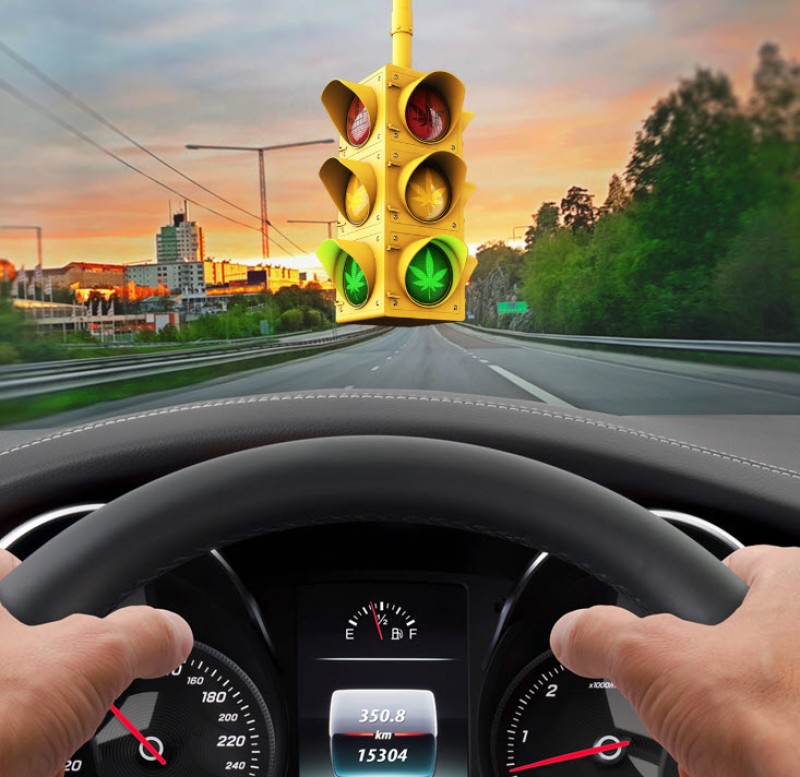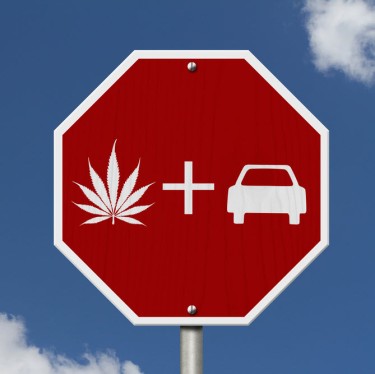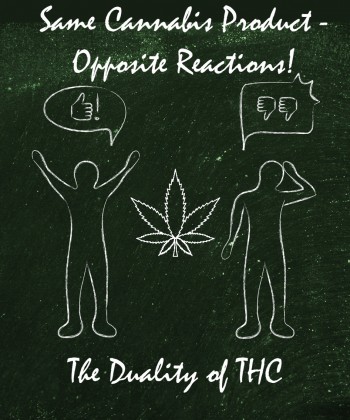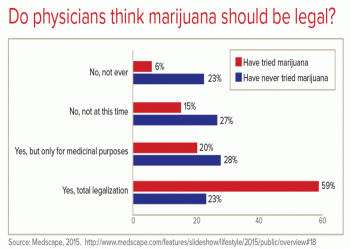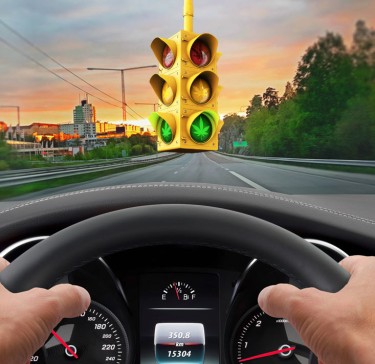
Alcohol Found To Be More Dangerous For The Road Than Weed
How Do Drunk and Stoned Drivers Differ On The Road? And Why Drunk Drivers Are More Dangerous
Despite the numerous warnings that one must not drive after drinking alcohol, people still continue to do it.
Drinking alcohol is still so widely accepted in society today, and people don’t realize how much it contributes to so many preventable problems, like motor vehicle accidents. And despite the warnings and accidents, alcohol is still the number one most frequently detected substance found among drivers of motor vehicle collisions.
According to data, alcohol is also still the “greatest threat to road safety”.
Canadian researchers analyzed the bloodwork of more than 8,300 drivers who were involved in a motor vehicle accident. More than half of the individuals studied tested positive for a controlled substance, which was likely depressants, alcohol, or marijuana. Cannabis was found to be the most common among drivers in a younger subset, ages 19 to 24. However, those who did test positive for THC were suspected to have been exposed to it days, or hours, before they hit the road, since the concentration was so little. After all, it’s known that cannabis lingers in the blood for days after the last exposure.
Just approximately 3% of participants were found to possess elevated levels of THC in the blood, or THC ≥ 5 ng/mL . “These statistics suggest that although more drivers test positive for THC, alcohol remains the greatest threat to road safety,” concluded the study’s authors.
There is data and research to back up the fact that alcohol is much more of a hazard on the road, than weed is. Several reasons contribute to it. For one, alcohol is responsible for around 25% of all fatalities caused by motor vehicle accidents. Data also shows that drivers with elevated blood alcohol concentrations (BAC) have a major increased risk when it comes to crashes. Just a blood alcohol concentration of 0.08% or more already leads to significant impairment when it comes to reaction time, coordination, and judgment, thus resulting in more accidents on the road.
Additionally, research shows that drivers who are impaired by cannabis use and alcohol have different behavior. For example, alcohol-impaired judgment leads drivers to take a bigger risk with speeding, ignoring traffic rules, and weaving to name a few. Drunk drivers have also exhibited a difficulty to concentrate on several driving tasks at the same time. On the other hand, marijuana may impair one’s perception of speed and time, as well as attentiveness, but cannabis users exhibit more caution and awareness while driving.
Why Are Cannabis Users More Cautious On The Road?
Consuming marijuana products that contain THC is well-known for its ability to induce paranoia and anxiety in most people. Yet, this could actually be a good thing if you’re driving! Cannabis users who have to drive are much more aware of their limitations while behind the wheel, and this can encourage them to act much more cautiously and drive slowly. There is a major contrast here with alcohol, a substance that is notorious for making drivers overconfident and resulting in risky driving behaviors.
There are studies that even show how marijuana users typically drive at speed that are below the limit; they also tend to keep a good distance from other vehicles. Many drivers also report feeling more confident and being better drivers despite of, or because of their cannabis habit, but driving impaired by anything in general is something that we don’t advocate for.
For Many, Cannabis Use Brings No Change
Seasoned cannabis users can drive without any issues on the road. In fact, for some, cannabis use brings about no change. This has also been recorded in studies.
Data from one study, which was published in the Journal of Cannabis Research in 2024, revealed that subjects demonstrated little changes in driving performance after consuming THC edibles. Researchers from the University of Toronto analyzed driving behavior among 22 participants, who were “frequent users of cannabis for recreational purposes”, before and after the consumption of THC edibles that contained 7.3 mg of THC on average. They then analyzed the driving performance of subjects 2, 4, then 6 hours after.
“Compared to [baseline], cannabis edibles produced a decrease in mean speed 2 hours after consumption,” the authors wrote. “No changes in standard deviation of lateral position (SDLP; ‘weaving’), maximum speed, standard deviation of speed or reaction time were found at any time point,” they wrote. However, some of the subjects were hesitant to drive after they ingested cannabis.
“This is the first study of the impact of cannabis edibles on simulated driving,” the authors concluded. “Future studies will need to control for age and determine any age-related impacts on the effects of cannabis on driving. This is especially important given that participants over the age of 50 years have been overlooked in studies of the effects of cannabis on driving and related outcomes.
Conclusion
Again, we don’t advocate for driving under the influence of anything. Yet, cannabis users who have developed a tolerance to the drug after months, or even years of regular consumption seem like they are less likely of a threat on the road compared to drinkers – who, no matter how long they’ve been drinking, never get better at it on the road. It’s likely tolerance combined with biology and learned caution that make stoned drivers less risky while driving, but just be cautious of the very real dangers involved with any substance before you drive.

